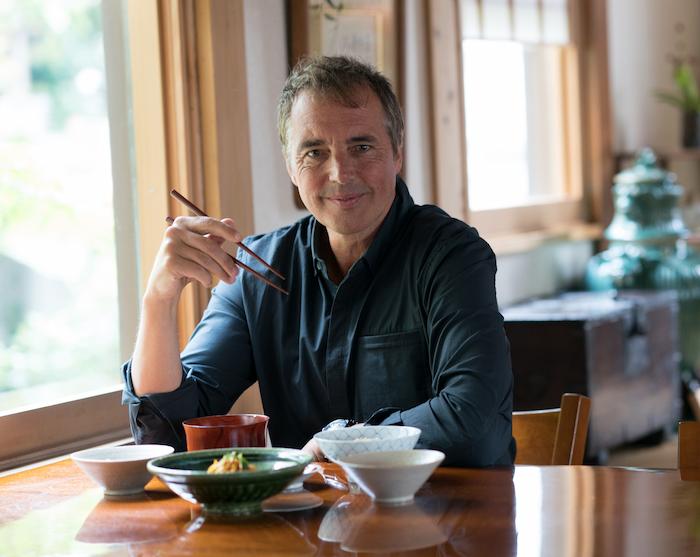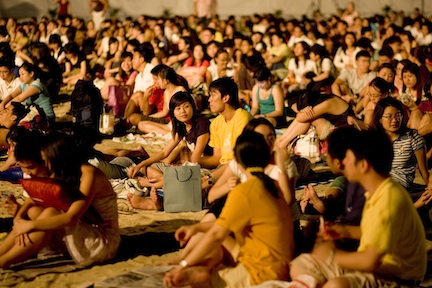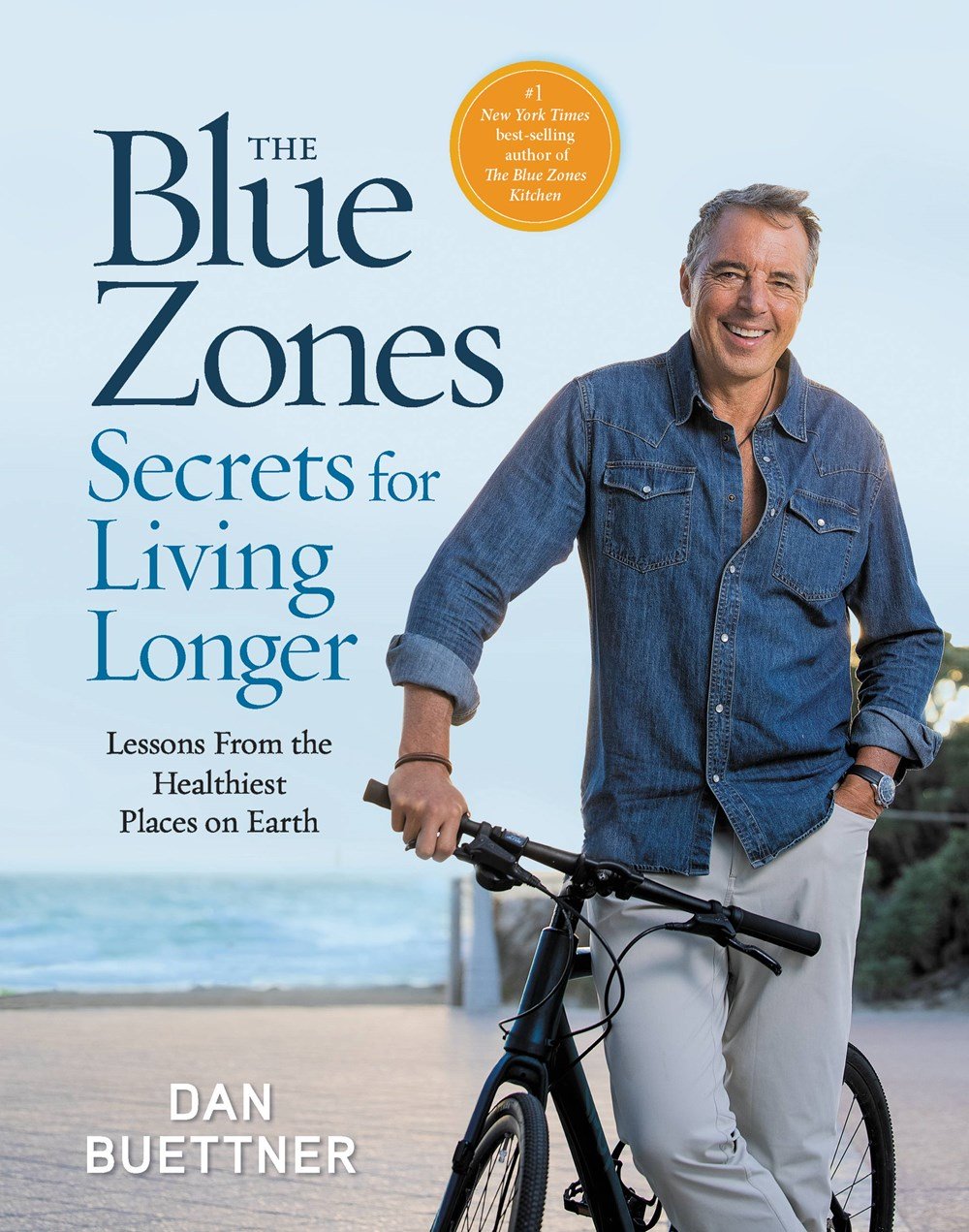Quick: how is basketball like America’s healthcare system?
In basketball, teamwork tends to win games—but a college player who sinks 40 points a game is more likely to get noticed (and drafted) than a player who feeds his teammates the ball.
We can’t really blame the ball hog. It’s human nature to focus on the behaviors that reward us.
That was the message of Jack Welch’s Chief Learning Officer Steven Kerr in his classic essay, “On the Folly of Rewarding A, While Hoping For B.” And yet, that’s exactly what we’ve been doing for decades with America’s health and longevity: we’ve been rewarding one thing while hoping for something else.
The economics of healthcare in America reward sickness. Pharmaceutical companies profit when you fill a prescription; surgeons bill when you need a procedure; hospitals make money when you occupy a bed. Very few businesses profit from your health.
Meanwhile, the number of middle-aged people with a chronic disease like diabetes or heart disease has doubled from 30% in 1980 to 60% today. Despite racking up a massive bill of 4.4 trillion dollars a year—one sixth of our entire GDP—our healthcare system delivers outcomes no better than those of nations that spend half as much. Since 2019, the life expectancy of Americans has actually fallen by almost two and a half years to 76.4 years, the lowest level in nearly two decades.
Why such poor performance? Covid-19 was a major cause of the most recent drop in life expectancy, though not the only cause.
The U.S. ranks dead last among wealthy nations for premature deaths from preventable conditions. I’m talking about chronic ailments such as diabetes, heart disease, dementia, and certain cancers, which account for 90 percent of our healthcare costs. If we were to pursue the right kind of prevention, we might be able to avoid such diseases and spare millions of people their pain and suffering.
Instead, Americans lavish $200 billion a year on diet regimens… even though most of us abandon them by the third week. We throw $160 billion a year at plans to exercise… even though only about a fifth of all adults get the minimum recommended amount of eleven minutes of vigorous activity a day. We waste more than $150 billion a year on vitamins and supplements… even though no supplement, pill, hormone, or vitamin has ever been proven to extend life expectancy.
Rather than trying to modify our habits in the short term, we should be investing in ways to change our surroundings for the long term. That’s the lesson of the world’s blue zones, where people live as much as ten years longer than we do—even though they don’t go on diets, go to gyms, or take nutritional supplements. Their environments are key; they just go about living their lives, and longevity naturally ensues.
A few examples of what I mean:
There’s a cluster of mountain villages on the Italian island of Sardinia where men reach the age of one hundred at ten times the rate of their U.S. counterparts. One reason is that they’re constantly on the move. Every visit to a friend’s house, church, or store involves a climb up a steep cobblestone street.
Women on the Japanese island of Okinawa have ranked among the longest-lived on the planet with a life expectancy of 87.4 years, or eight years more than American women. When I visited Gozei Shinzato in her village, the 104-year-old showed me a kitchen garden packed with superfoods: sweet potatoes, soybeans, mugwort, turmeric, and bitter melon. Here, as in most of the blue zones, a whole-food, plant-based diet is the traditional norm. Not least of all,their adult lives are imbued with “ikigai,” or purpose—and their “moais,” or lifelong circles of committed friends, help assure that older people don’t suffer loneliness.
On the northwest coast of Costa Rica, there’s a 30-mile strip of ranchland where a 60-year-old male has twice the chance of reaching 90 as an American male does. I spent a morning there recently with a cowboy named José Ramiro Guadamuz who’d just returned on horseback from tending his herd of cattle. He’d celebrated his 100th birthday that August.
Costa Rica, by the way, spends one seventh as much on healthcare as we do, and yet its system helps people avoid life-shortening diseases better than ours does. This is largely thanks to a robust public health program that sends small teams into the countryside to visit every household at least once a year. They’re much more likely to catch, say, a heart condition, before it ends up in the emergency room with a six-figure price tag. Since the 1990s, these visits have helped reduce deaths from communicable diseases by 94 percent, reduced infant mortality by a factor of seven, and boosted life expectancy by 14 years.
The government of Singapore takes a similar path to better health. Using a wide range of policies, it discourages smoking, subsidizes healthy foods, and makes parks and public transportation easily accessible to everyone. Largely as a result, the tiny nation has achieved one of the world’s highest rates of health and life expectancy at 84 years. Its laws on drugs and guns may seem draconian, but this nation of 5.5 million people suffered only 19 deaths from drug overdoses in 2019 compared to more than 100,000 in the U.S., and only three deaths from gun violence compared to our 49,000.
Inspired by what I saw in these and other blue zones, I partnered with AARP fifteen years ago to see if we could achieve similar results in an American community. Our goal wasn’t to change people’s behavior, but to reshape their environments physically, socially, and (in certain small ways) politically.
We started in Albert Lea, Minnesota, where we convinced town leaders to put in bike lanes and sidewalks to shift their community from car-friendly to people-friendly. We persuaded schools, grocery stores, and restaurants to make healthier foods easier to find. We helped residents volunteer, join walking groups, and make new friends. After only 18 months, we raised the life expectancy of the average Albert Lea citizen by three years and shaved about 30 percent off the city’s year-over-year healthcare bill.
Another example: in Naples, Florida, NCH Hospital Invested in a later iteration of the city’s makeover program. After five years, the greater Naples area reported a 23% lower obesity rate than the rest of the state. NCH Healthcare reported a 54% decrease in healthcare expenditures over six years.
Since 2009, the Blue Zones Project has applied the same model to 72 cities across the country, from Fort Worth, Texas to Scottsdale, Arizona to the entire states of Iowa and Hawaii. Each one of them notched measurable improvements in health and/or wellness—but in none of these places did people try to get healthy. They didn’t try to pursue health through diets, exercise programs, or expensive insurance plans; they changed their environments and incentives so that health could ensue. And it did.
As a word in closing, and to bring things full circle…
It’s worth mentioning that, when NCH Hospital first decided to invest in the Naples city-makeover program, they did so against the advice of their CFO (i.e. their Chief Financial Officer). In other words: they had to decide that the health of their community was more important than the money they knew they could make from an unhealthy community.
They wanted to find a way to reward the same things we’re hoping for.
And so should we.





